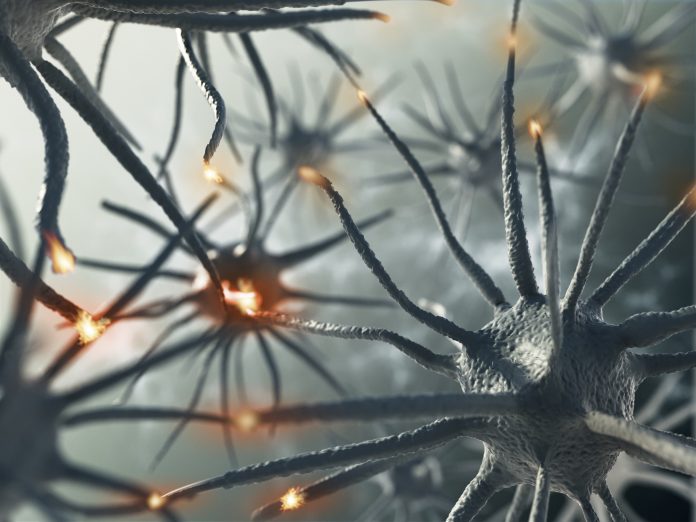
A novel two-photon fluorescence microscope can provide high-speed images of how neurons in the brain communicate and may lead to advances for Alzheimer’s, Parkinson’s disease, and epilepsy.
The imaging tool enabled real-time neuronal activity to be observed in a mouse brain and could ultimately help in the study of neurological diseases at their earliest stages.
It could image 10 times faster than a regular two-photon microscope while delivering just a tenth of the laser power to the brain.
The system, outlined in the journal Optica, enabled in-vivo imaging in the primary visual cortex of a mouse, where high-speed neuronal activity traces could be extracted for individual neurons.
“Our new microscope is ideally suited for studying the dynamics of neural networks in real time, which is crucial for understanding fundamental brain functions such as learning, memory and decision-making,” said investigator Weijian Yang, PhD, from the University of California at Davis.
“For example, researchers could use it to observe neural activity during learning to better understand communication and interaction among different neurons during this process.”
The novel system uses a strategy called scheme adaptive sampling, which deploys line illumination instead of the traditional point illumination.
With traditional two-photon microscopy, images are created deep into scattering tissue brain tissue by scanning a point of light to excite fluorescence across the area to be studied.
The resulting signal is then collected point by point before being repeated to capture an imaging frame that, though detailed, is slow to create and can damage brain tissue through exposure to light energy.
The new system, by way of contrast, uses a short line of light to illuminate specific parts of the brain where neurons are active, allowing a larger area to be explored and imaged at once.
This speeds the process and reduces the potential for tissue damage from light energy reaching the brain as only neurons of interest are imaged rather than those in the background or from inactive areas.
A digital micromirror device (DMD), which is a chip containing thousands of tiny mirrors that can be individually controlled, shapes and steers the light beam so that only the neurons to be studied are illuminated and sampled.
Turning individual DMD pixels on and off enables adjustment to the individual neuronal structure of the brain tissue being examined.
DMD was used to mimic high-resolution point scanning to reconstruct high-resolution image from fast scans and quickly identify neuronal regions of interest. This was vital for the high-speed imaging with the short-line excitation and adaptive sampling scheme.
“These developments—each crucial on its own—come together to create a powerful imaging tool that significantly advances the ability to study dynamic neural processes in real time, with reduced risk to living tissue,” said Yang.
The microscope was able to capture images of calcium signals that were indicators of neural activity in that living mouse brain tissue at a speed of 198 Hz, which was significantly faster than the traditional two-photon approach.
The research team now hopes to use their new method for studying neural activity during learning and for brain activity in different diseases.





